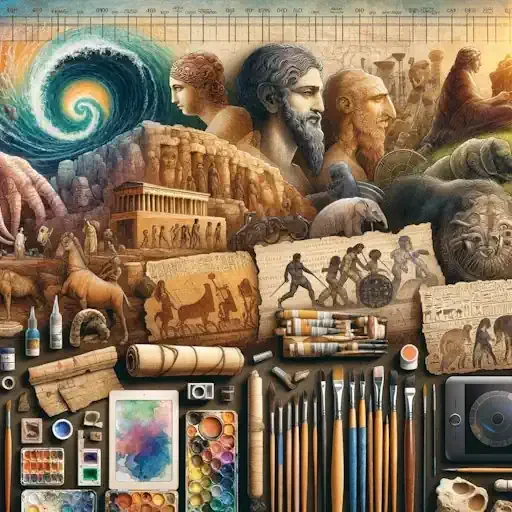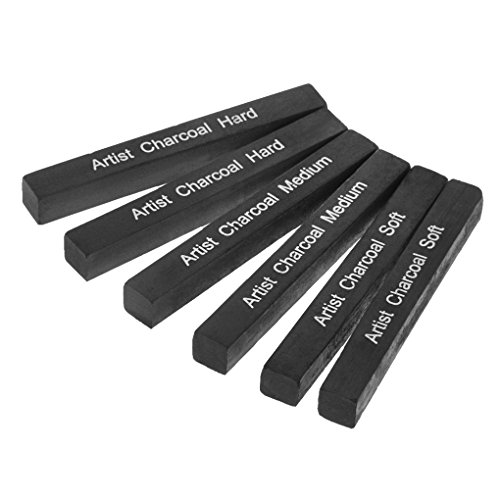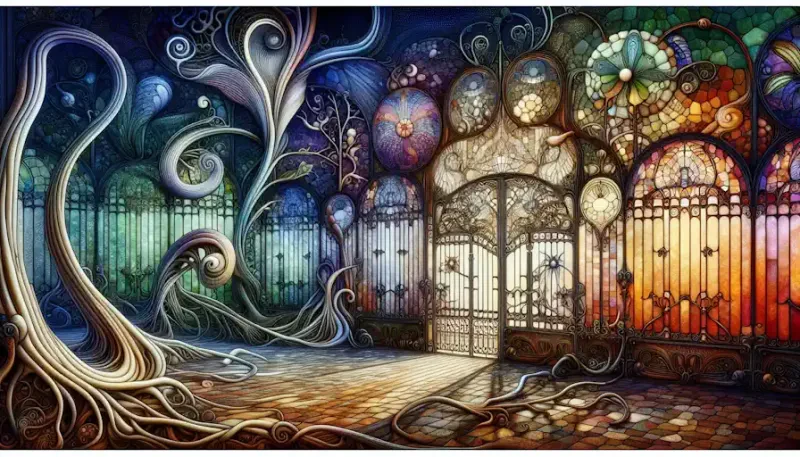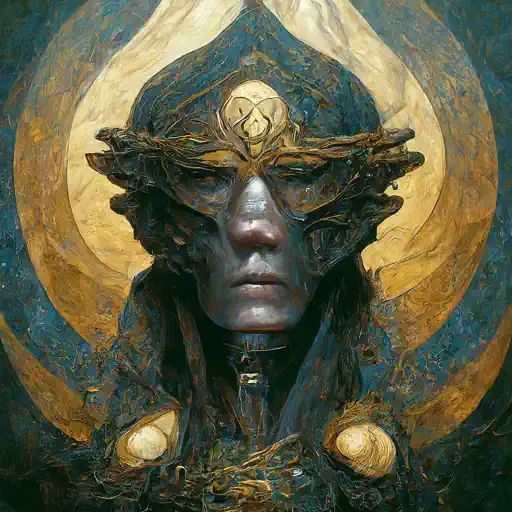Art, in its essence, is a reflection of humanity's evolution, mirroring the cultural, technological, and intellectual progress of civilizations. This evolution is profoundly evident in the materials artists have used throughout history. From rudimentary tools of the earliest humans to the sophisticated digital technologies of the 21st century, the transformation of art materials offers a captivating window into the past, present, and future of human creativity.
Ancient Beginnings: Natural Pigments and Primitive Tools
The journey of art materials begins with the dawn of human creativity. In the dimly lit caves of prehistoric times, early humans used natural pigments sourced from the earth, such as ochres, charcoals, and hematite, to create their first masterpieces. These pigments, applied with fingers or rudimentary brushes made from animal hair or plant fibers, gave birth to the hauntingly beautiful cave paintings found in places like Lascaux and Altamira.
Classical Innovations: The Birth of Professional Artistry
As civilizations evolved, so did the complexity of art materials. The Egyptians, Greeks, and Romans developed more refined tools and techniques. The use of papyrus in Egypt, for instance, revolutionized the way art was created and preserved. These cultures also experimented with a variety of pigments, giving rise to a more vibrant color palette. The invention of brushes, the use of beeswax in encaustic painting, and the development of fresco techniques in mural painting marked significant advancements in art materials.
Renaissance Revelations: The Golden Age of Oil Paints
The Renaissance era marked a seismic shift in the evolution of art materials. The introduction of oil paints, with their rich colors and longer drying times, allowed artists like Leonardo da Vinci and Michelangelo to achieve previously unattainable levels of detail and realism. The development of canvas as a painting surface also played a crucial role, offering a more durable, transportable, and versatile alternative to wooden panels.
Impressionism and Beyond: The Emergence of New Mediums
The 19th century saw the rise of new artistic movements like Impressionism, which brought with it the evolution of art materials. The invention of metal paint tubes enabled artists like Claude Monet and Vincent van
Gogh to paint en plein air, capturing the transient effects of light and color in a way that was previously impossible. Watercolors, previously seen as a medium for sketches, gained prominence for their ability to convey a sense of immediacy and fluidity. This period also saw the widespread use of synthetic pigments, which expanded the artist's palette with vibrant, consistent colors.
20th Century: Diversification and Experimentation
The 20th century witnessed unprecedented diversification in art materials. Artists began experimenting with a variety of new mediums, from acrylic paints to synthetic resins. This era of experimentation was marked by movements like Cubism, Abstract Expressionism, and Pop Art, each pushing the boundaries of traditional materials and techniques. Artists like Pablo Picasso and Jackson Pollock used unconventional materials, from newspaper and found objects to house paint, challenging conventional notions of what constituted art.
The Digital Age: A New Frontier in Art Creation
The advent of the digital age has ushered in a new era in the evolution of art materials. Digital technologies, such as graphic tablets, 3D printing, and virtual reality, have become integral tools for contemporary artists. These technologies allow for the creation of artworks that are entirely digital or combine traditional and digital techniques, expanding the possibilities of artistic expression. Artists can now experiment with virtual brushes, textures, and colors, creating works that push the boundaries of the imagination.
A Continuum of Creativity
The history of art materials is a testament to human ingenuity and the unending quest for expression. Each advancement in materials has not only mirrored the technological and cultural progress of the times but also opened new avenues for artistic exploration. From the ochre pigments of ancient caves to the pixels of digital canvases, the evolution of art materials is a story of transformation and growth, reflecting the ever-changing landscape of human creativity.
As we look to the future, it is certain that art materials will continue to evolve, paralleling advancements in technology and science. The journey of art materials, much like the journey of art itself, is an ongoing one, shaped by the ceaseless curiosity and inventiveness of the human spirit.
This article, accompanied by a visual representation of the evolution of art materials, offers readers a comprehensive and engaging exploration of this fascinating topic. From the earliest artistic expressions to the digital innovations of today, the story of art materials is as colorful and diverse as the artworks they've helped create.







